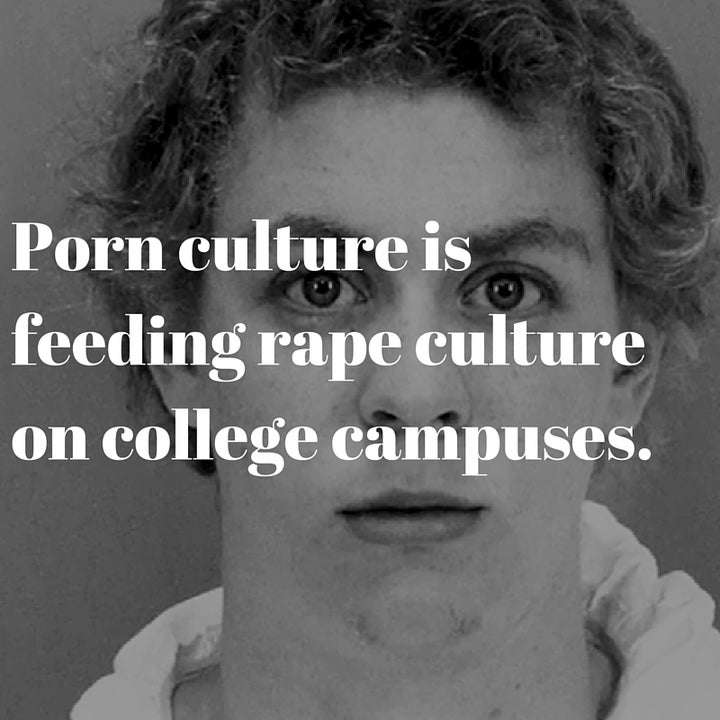The movement to combat violence against women must address the problem of pornography.
Last week I had the opportunity to attend the White House Summit on “The United State of Women” held in Washington, DC. This event brought together “change-makers” impacting women’s equality in America. Many notable advocates for the end of sexual violence, such as actress Mariska Hargitay, were in attendance. At a time when the nation has been rocked by sexual assault cases like those occurring at Stanford and Baylor Universities, the importance of addressing these social ills is particularly poignant.
Oddly, there was little talk at the Summit about concrete prevention strategies or the societal factors which fuel the problem.
Now more than ever, we must address the impact pornography has on sexual violence against women.
It’s no coincidence that in the aftermath of the Stanford rape case (in which Brock Turner, who was convicted on two counts of sexual assault and one count of intent to rape, received a sentence of only six months in jail and three years of probation) the pornographic website xHamster started blocking videos depicting rape.
The website declared this new policy the “Brock Turner Rule.”

It makes sense that pornography depicting rape sends harmful messages about the importance of consent. xHamster clearly decided to “get out” of this deplorable, and highly popular, genre of pornography before public scrutiny could be turned on it.
But don’t make the mistake of thinking that this move makes the porn site socially responsible. Sure it’s great they are making this change, but the truth is that if the people behind xHamster, and the myriad of pornographic websites like it, really cared about reducing the rate of sexual violence against women, they would shut their sites down entirely.
Research reveals that all genres of porn, not only those simulating rape, perpetuate rape and degrading views of women.
A 2011 study published in Sexual Addiction & Compulsivity analyzed the effects of pornography use on sexual attitudes and behaviors of fraternity college men. It found that 83% of those who used “mainstream” pornography expressed greater intent to commit rape, should they be assured they wouldn’t get caught. Additionally, men who used sadomasochistic- and rape-themed pornography were significantly more likely to report belief in rape myths.
According to another study, by researchers at Indiana University and the University of Hawaii at Manoa, pornography consumption is significantly linked to increases in sexual aggression. This meta-analysis assessed 22 different studies from seven countries and the results were distressing:
As with all behavior, sexual aggression is caused by a confluence of factors and many pornography consumers are not sexually aggressive. However, the accumulated data leave little doubt that, on the average, individuals who consume pornography more frequently are more likely to hold attitudes conducive to sexual aggression and engage in actual acts of sexual aggression than individuals who do not consume pornography or who consume pornography less frequently.
Pornography makes women “rape-ready” in the mind of its users by portraying the conquering and using of female bodies as the ideal display of masculinity.
When I mentioned the role pornography plays in fostering sexual violence to notable attendees at the White House Summit, I could see the flashes of understanding and recognition in their eyes. Several of the advocates commented to me that the link between pornography and sexual violence makes common sense. Yet, nobody is considering this connection in attempts to curb sexual violence.
It is always vital to assert that the cause of any rape is always the rapist’s decision to violate another for their own pleasure. There is no way to shift the blame for that decision away from the individual. However, in an effort to prevent future cases of sexual violence, it is vital to recognize that porn culture is feeding the rape culture on college campuses, in our communities, and in our homes.
I hope that the diverse mosaic of advocates working to end sexual violence will begin to acknowledge and address pornography as the missing piece of the national dialogue on how to prevent sexual violence. From the White House to our individual homes, it’s time to take a stand for the safety and dignity of women, and to denounce pornography as the cornerstone on which the hideous edifice of rape culture stands.
